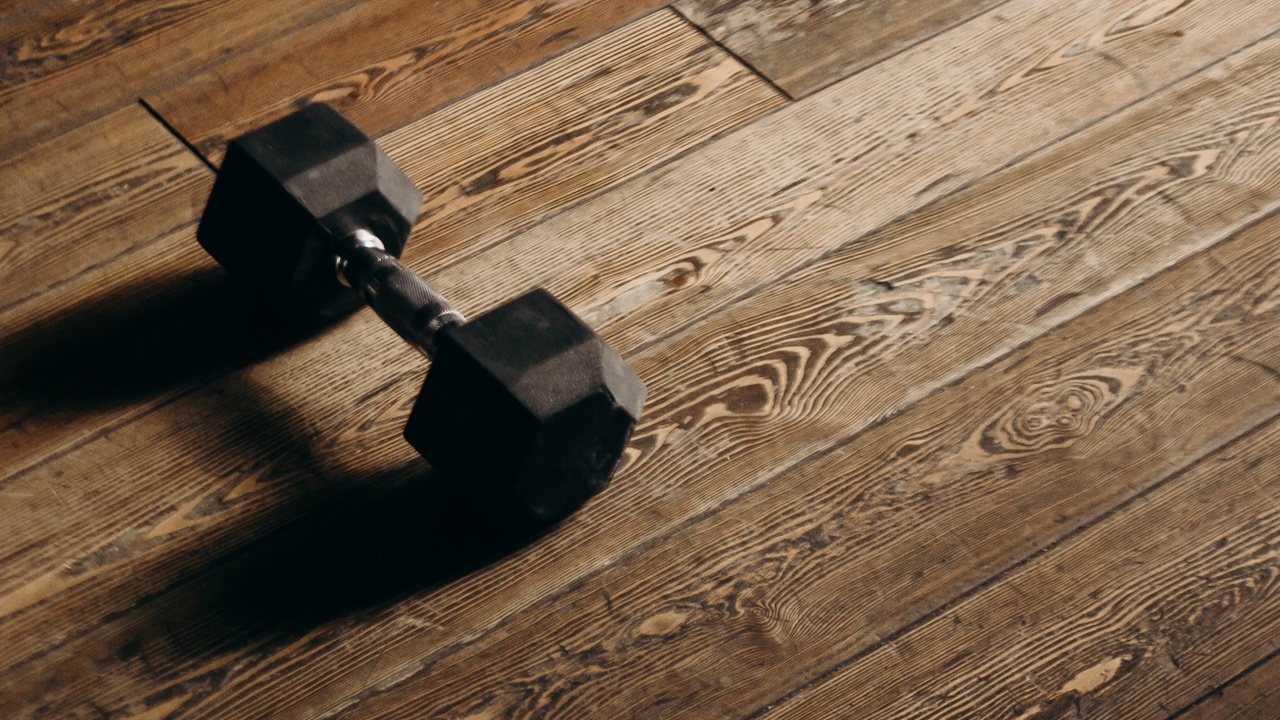5 Essential Exercises Your ACL Rehab Is Missing
Nov 23, 2021
ACL rehabilitation can be an extensive process that requires a lot of different considerations when it comes to what exercises you should be doing. Most ACL programs will consist of exercises that target range of motion, strength, agility, and more. The list goes on! Here are some of the most commonly overlooked exercises that can help improve your performance, reduce your risk of re-injury, and take your ACL rehab to the next level.
#1 Leg extension: The seated leg extension is one of the most essential exercises in ACL rehab. After most ACL surgeries, you will most likely experience “quadricep inhibition”, where your quadricep muscle has a harder time activating compared to before having the surgery. Because of this and a few other reasons, our body will naturally try to compensate during things like squats and lunges, and will utilize other muscle groups to complete the given task. For this reason, it’s essential that we perform an exercise that isolates the quadricep and takes out any possible compensations. This is why the leg extension is so important. While this exercise was once thought to be dangerous for the healing graft, current evidence shows that this exercise does not put excessive strain on the graft and is in fact quite safe during ACL rehab. There are a few considerations to keep in mind, so make sure to consult with your physical therapist and surgeon before attempting this on your own.
#2 Cognitive dual task/vision: This is perhaps one of the most overlooked aspects of ACL rehab. The typical ACL has “sensors” that help communicate where your knee is in space and how it’s moving. When someone tears their ACL, these sensors get disrupted, inhibiting the knee joint’s ability to communicate its position and how it's moving. This will in turn alter the way our brain processes and initiates movement. Our brain will now have to rely more heavily on our visual system and motor planning areas to compensate for the inhibited sensors. This can become problematic because when an athlete is out on the field, they need to be scanning their environment and looking at the play going on, rather than looking at their knee. Because our visual system (and other areas of the brain) are being utilized to scan our surroundings, the knee is left susceptible to injury as it can no longer rely on those systems that were compensating to support it. This is why it’s essential to incorporate visual-motor training into ACL rehab so that we can help decrease an athlete’s reliance on visual feedback, and ultimately decrease their risk of injury.
#3 Nordic hamstring curl: The nordic hamstring curl can be one of the most beneficial exercises for the hamstrings after ACL surgery, as well BEFORE ever getting injured, as part of an injury risk-reduction program. After an ACL surgery, one of the most common deficits is hamstring weakness. The hamstrings act as a dynamic stabilizer of the ACL, so having hamstring weakness could potentially increase your risk of re-injury when returning to sport. This exercise can be performed in many ways, but is oftentimes utilized to overload the eccentric (lowering) contraction of the hamstrings. This helps the hamstrings adapt to the similar eccentric demands during sprinting and other athletic activities.
#4 Copenhagen planks: Similar to the nordic hamstring curl, the Copenhagen plank can be one of the most beneficial exercises after ACL surgery. This exercise places a massive emphasis on the groin/inner thigh musculature, also known as the adductor group. This is a muscle group that is commonly overlooked in most rehabilitation and strength programs. Because the adductors are often neglected, this leaves them with a lower capacity to withstand the demands of most sports (cutting, side shuffling, sprinting, etc.), and ultimately leaves them more susceptible to injury. This is important because the adductor group works in conjunction with the rest of the hip and knee musculature to help control the movements at the knee joint. Train those adductors!
#5 Snap downs: So you want to get back to jogging. You feel good with squats, lunges, etc., but don’t yet feel comfortable hopping on to one leg. This is going to be important for you, as running is essentially a series of hopping from one leg to another. Enter the snap down. This is a great exercise to start introducing some higher velocity loading so that you can become more comfortable with force absorption and better tolerate the demands of jogging. The snap down can be progressed from double leg to single leg, and eventually progressed to a box depth landing.
Need Help?
If you’re having difficulty returning to your training/sport after ACL surgery, or are looking for more help after an incomplete bout of rehab, please feel free to reach out to us at anytime at (760) 301-6566 or at [email protected]
